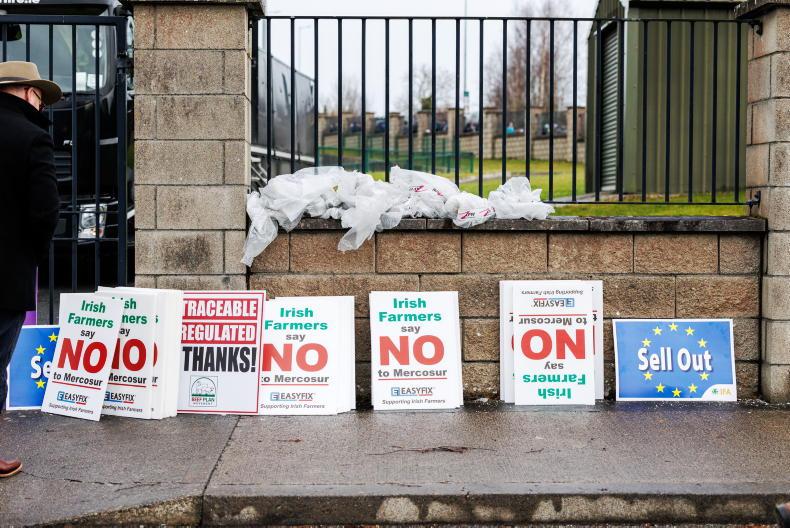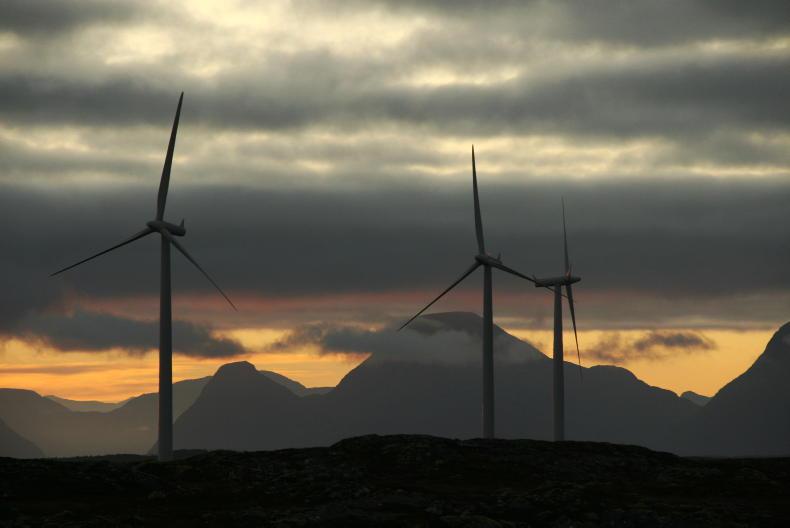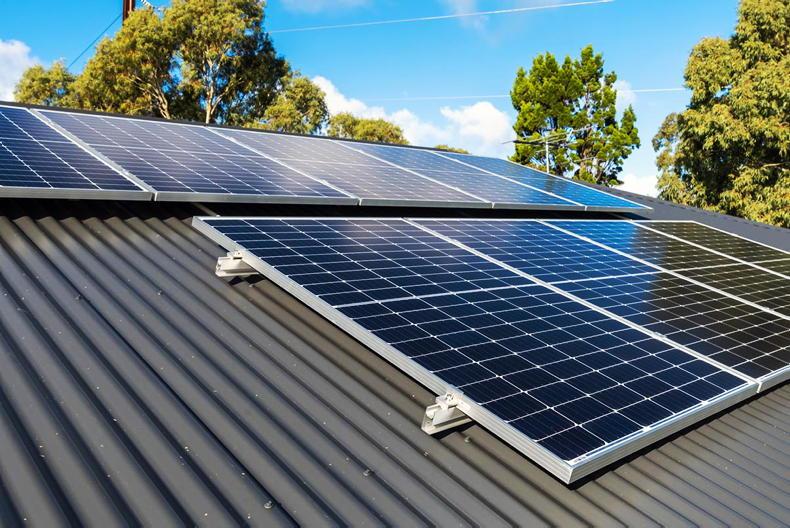The unseasonal mildness in Europe has ended. The heat is on, the fire is lit, there is soup on the range and the immersion is, hopefully, being respected as households strive for a warm shower and a hot dinner. The mild November was welcome, easing pressure on energy supplies and a relief for households impacted by the rising cost of most energy sources.
I recently interviewed Christiane Lambert (to follow) President of Copa, the EU farmers union. The conversation drifted to energy with the French farm leader admitting that, in her home country, the grid operator is under pressure to keep the lights on. Bloomberg reported in September that the French utility had cut off or reduced voltage to some users, while simultaneously asking households to curb usage. Lambert said that “load shedding” was a reality and not just in France. Load shedding is described as “short, regional, and controlled electricity cuts. It enables an energy utility to reduce demand on the energy generating system by temporarily switching off the distribution of energy to certain geographical areas. Or, as has been reported in an Irish context, switching off the distribution of energy to certain businesses, namely data centres.
Now load shedding wasn’t new to me when Christiane mentioned it as the practice is common in countries where their infrastructure is not able to withstand surges in demand. One such country is South Africa (SA) where I travelled recently. When we arrived in Knysna, a picturesque tourist town on the scenic SA garden route, slightly later than planned we did not fully absorb the warnings afforded to us at our accommodation. It was only when the lights went out, and I mean out, that the realisation of how crippling the practice could be struck home. Many of the other places where we had been - wealthier areas - had the benefit of generators and life went on. Just last weekend, the SA national power utility Eskom announced that infrastructure breakdowns were forcing them to extend stage five load shedding until further notice. This means no electricity for up to eight hours in every 24 for residents and business. The cost to the economy has been stark.
Maintaining cold storage systems is crucial and electricity is central to modern farming
Cutting power to households will be the Irish Government’s absolute last resort. Their intervention (the energy credit we all benefit from) may add to the problem by reducing the incentive to lower consumption. The first well mooted step here has been to put in place pre-arranged agreements with data centres, enabling them to plan ahead. Many see this as the correct course of action as they (Facebook, Google and Microsoft) use huge amounts of electricity (14% in 2021 according to the CSO) and they can afford it.
Based on the experience of other countries, it appears they are right. While not comparing like with like, the experience in SA suggests that small to medium enterprises (SME’s) and farming are more heavily impacted by load shedding. The reasons could apply here also: SME’s have less power to negotiate deals and may not be able to afford the backup generators that bigger businesses can put in place to mitigate the impact of outages. Then add the cost of downtime and business disruption. In terms of farms and food businesses with high energy use, they lack the necessary support structures to take a hit. Maintaining cold storage systems is crucial and electricity is central to modern farming. If agreements have been put in place to allow big international companies to keep the lights on (literally), preparation for the same eventualities should be afforded to SMEs and food business operators.
Read more
Editorial: with food commodities, is there more to value now than just euros?
Editorial: Christmas consumer sentiment is down but far from out
The unseasonal mildness in Europe has ended. The heat is on, the fire is lit, there is soup on the range and the immersion is, hopefully, being respected as households strive for a warm shower and a hot dinner. The mild November was welcome, easing pressure on energy supplies and a relief for households impacted by the rising cost of most energy sources.
I recently interviewed Christiane Lambert (to follow) President of Copa, the EU farmers union. The conversation drifted to energy with the French farm leader admitting that, in her home country, the grid operator is under pressure to keep the lights on. Bloomberg reported in September that the French utility had cut off or reduced voltage to some users, while simultaneously asking households to curb usage. Lambert said that “load shedding” was a reality and not just in France. Load shedding is described as “short, regional, and controlled electricity cuts. It enables an energy utility to reduce demand on the energy generating system by temporarily switching off the distribution of energy to certain geographical areas. Or, as has been reported in an Irish context, switching off the distribution of energy to certain businesses, namely data centres.
Now load shedding wasn’t new to me when Christiane mentioned it as the practice is common in countries where their infrastructure is not able to withstand surges in demand. One such country is South Africa (SA) where I travelled recently. When we arrived in Knysna, a picturesque tourist town on the scenic SA garden route, slightly later than planned we did not fully absorb the warnings afforded to us at our accommodation. It was only when the lights went out, and I mean out, that the realisation of how crippling the practice could be struck home. Many of the other places where we had been - wealthier areas - had the benefit of generators and life went on. Just last weekend, the SA national power utility Eskom announced that infrastructure breakdowns were forcing them to extend stage five load shedding until further notice. This means no electricity for up to eight hours in every 24 for residents and business. The cost to the economy has been stark.
Maintaining cold storage systems is crucial and electricity is central to modern farming
Cutting power to households will be the Irish Government’s absolute last resort. Their intervention (the energy credit we all benefit from) may add to the problem by reducing the incentive to lower consumption. The first well mooted step here has been to put in place pre-arranged agreements with data centres, enabling them to plan ahead. Many see this as the correct course of action as they (Facebook, Google and Microsoft) use huge amounts of electricity (14% in 2021 according to the CSO) and they can afford it.
Based on the experience of other countries, it appears they are right. While not comparing like with like, the experience in SA suggests that small to medium enterprises (SME’s) and farming are more heavily impacted by load shedding. The reasons could apply here also: SME’s have less power to negotiate deals and may not be able to afford the backup generators that bigger businesses can put in place to mitigate the impact of outages. Then add the cost of downtime and business disruption. In terms of farms and food businesses with high energy use, they lack the necessary support structures to take a hit. Maintaining cold storage systems is crucial and electricity is central to modern farming. If agreements have been put in place to allow big international companies to keep the lights on (literally), preparation for the same eventualities should be afforded to SMEs and food business operators.
Read more
Editorial: with food commodities, is there more to value now than just euros?
Editorial: Christmas consumer sentiment is down but far from out









SHARING OPTIONS